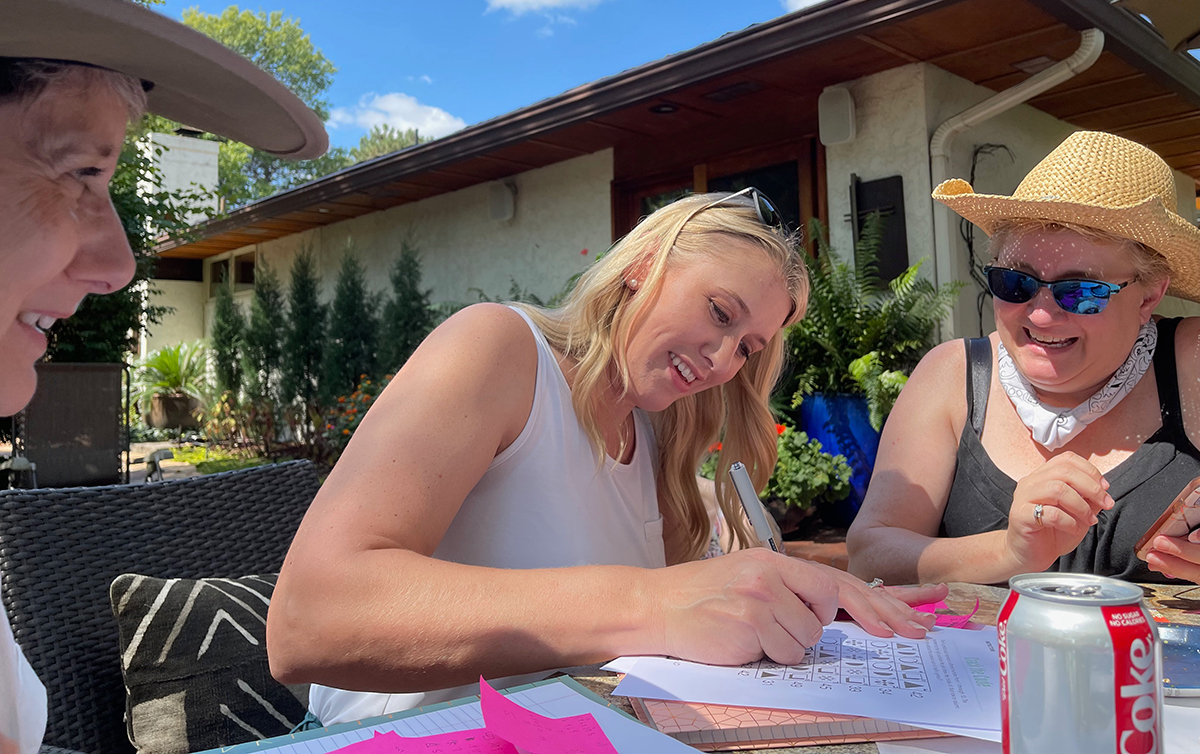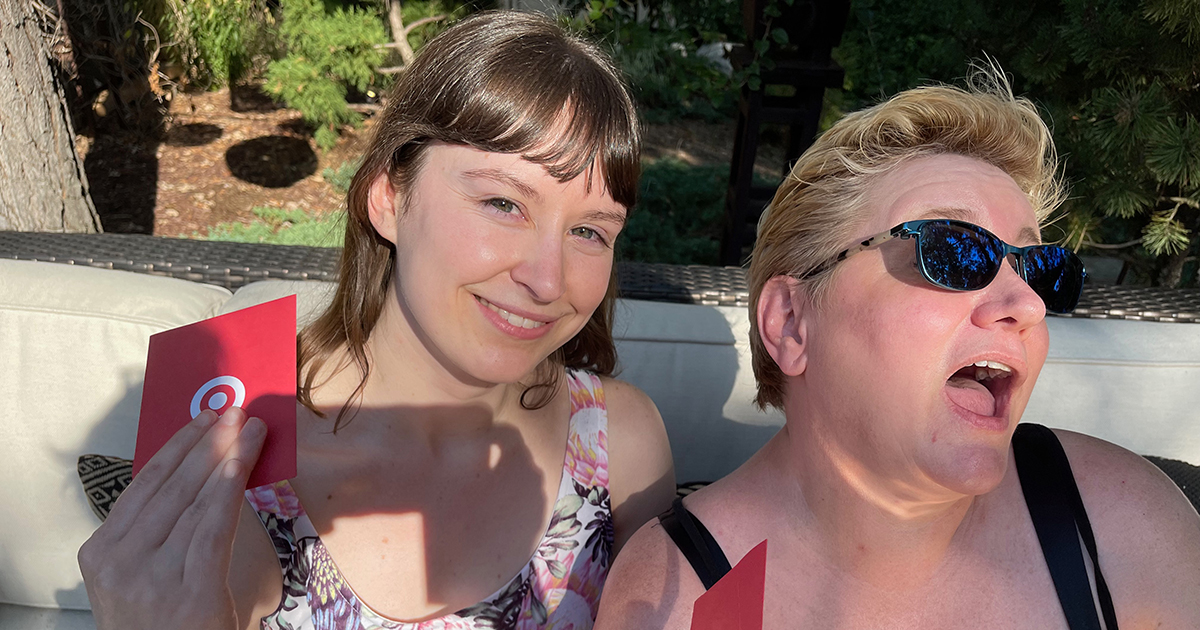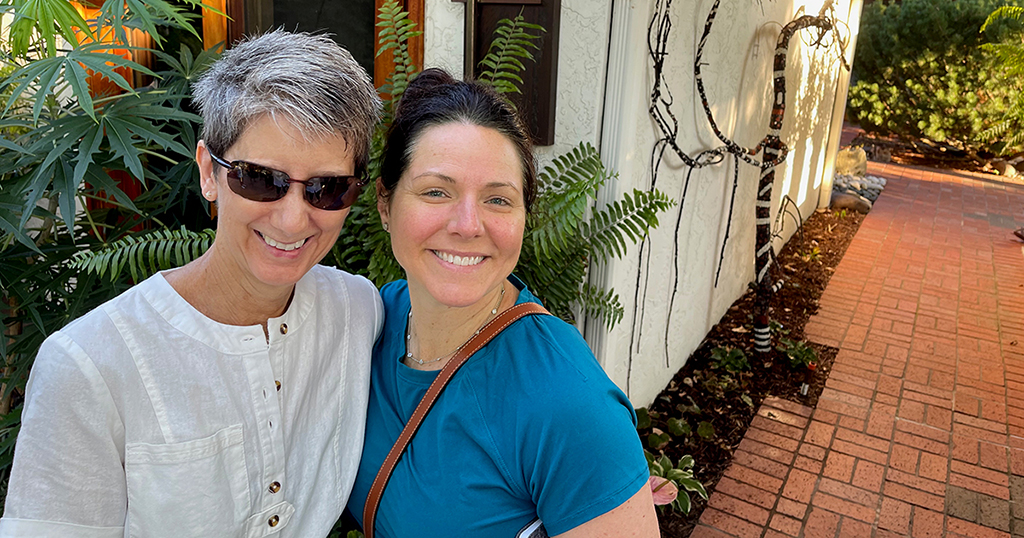What’s Your Appreciation Language
05.03.22 · Ashley Bowen Cook
Our agency’s been talking about appreciation and how best to communicate it in a “language” the recipient values. These were identified by Dr. Gary Chapman back in 1992 in his book, The Five Love Languages. He followed that with iterations that include a guide for the workplace. The original goal of greater intimacy changes to feeling seen and valued, appreciated and acknowledged.

If you’ve never seen the languages or it’s been a while, here’s a recap.
1. Words of affirmation – Praising accomplishments, affirming personal strengths and expressing thanks for a job well done can be done in private or in front of others, depending on the person’s tolerance for attention. It can also be spoken or written. The majority of team members (45%) prefer words of affirmation. Sincere, specific compliments can be very meaningful.
2. Quality time – Focus your attention on the other person, give the interaction ample time (not rushing), create a safe environment to share thoughts, maintain eye contact, listen without interrupting, affirm feelings, observe body language and share experiences. This could be working together collegially on a project or engaging in lively, small-group dialogue.
3. Acts of service – Ask if colleagues need help, and, if yes, volunteer, then do it their way. Set expectations about what you can do, assist with a cheerful attitude and complete what you start. The more specific you can be the better. Like: “Is there anything I could do for you this week that would make work go better?” Be sure you’re ready to step up if they want you to.
4. Tangible gifts – Giving a gift card for something you know someone likes such as coffee or books demonstrates that you get them. It’s not about the monetary value, but the thought. This is tricky as you can offend someone with the wrong gift. But take heart. Only 6% of team members choose tangible gifts as their primary language and 68% say it’s their least valued form of appreciation.
5. Physical touch – High fives, a pat on the back or a hug can be appropriate for close associates at times of celebration or personal challenge. But times are changing. From global pandemics to sexual harassment, most employees today view physical touch as the least valued language for showing appreciation. We never want to take others out of their comfort zones. We’re still left with four solid opportunities for showing appreciation, so let’s focus on those.

You Appreciate Your Colleagues, But Do They Feel Appreciated?
Chapman says people tend to give appreciation in the way they prefer to receive it, so my colleagues and I have been trying to dispel the mystery by simply saying what works for us – and then to drill a bit deeper. If it’s words of affirmation, for example, are those better delivered in writing or verbally? In private or in public? Does quality time mean an offsite lunch, or can it simply be stopping and giving your full attention to a situation? We’re learning by asking. The discovery has been fun.
For a creative agency, it won’t surprise you to learn that most of our team’s preferred love language is, well, language. Words of affirmation. We like positive declarations in all their forms – delivered publicly in an all-agency value share or one-on-one in a quarterly review supported by written documentation. The only caveat: they must be genuine, personal and specific.

Appreciation in Action
We recently received the nicest note from a longtime friend of the agency’s, Al Higdon. I’ll share it here as an example of love language that hit the mark.
“I’ve been a fairly frequent visitor to the airport recently, picking up visiting folks. While waiting for them on the mezzanine, I’ve observed many people spending a lot of time with your historical aviation exhibits. These displays were instant winners when they went up and have truly endured the test of time. Take another bow.”
The accolade is specific and sincere. While this is primarily an example of words of affirmation, it has elements of the other three love languages, too. Taking time to compose and send the note feels like an act of service. He’s giving of his time and gifting his thoughts in writing. See how those languages of affirmation intertwine?

Learning What Works
It’s critical that we understand each other’s appreciation languages. Chapman and White report that 51% of managers believe they are doing a good job of recognizing team members for work well done, but only 17% of their team members agree. Learning to speak languages that may be quite different from our own takes effort and intention.
We also need to consider changes brought by virtual, remote and flextime colleagues. Chapman and White say offsite team members value quality time with managers and colleagues even more than those who are in the office. More frequent, proactive videoconference check-ins and virtual meetings may be needed to fill this void.
How about you? What’s your primary appreciation language? Unsure? Take the quiz.
